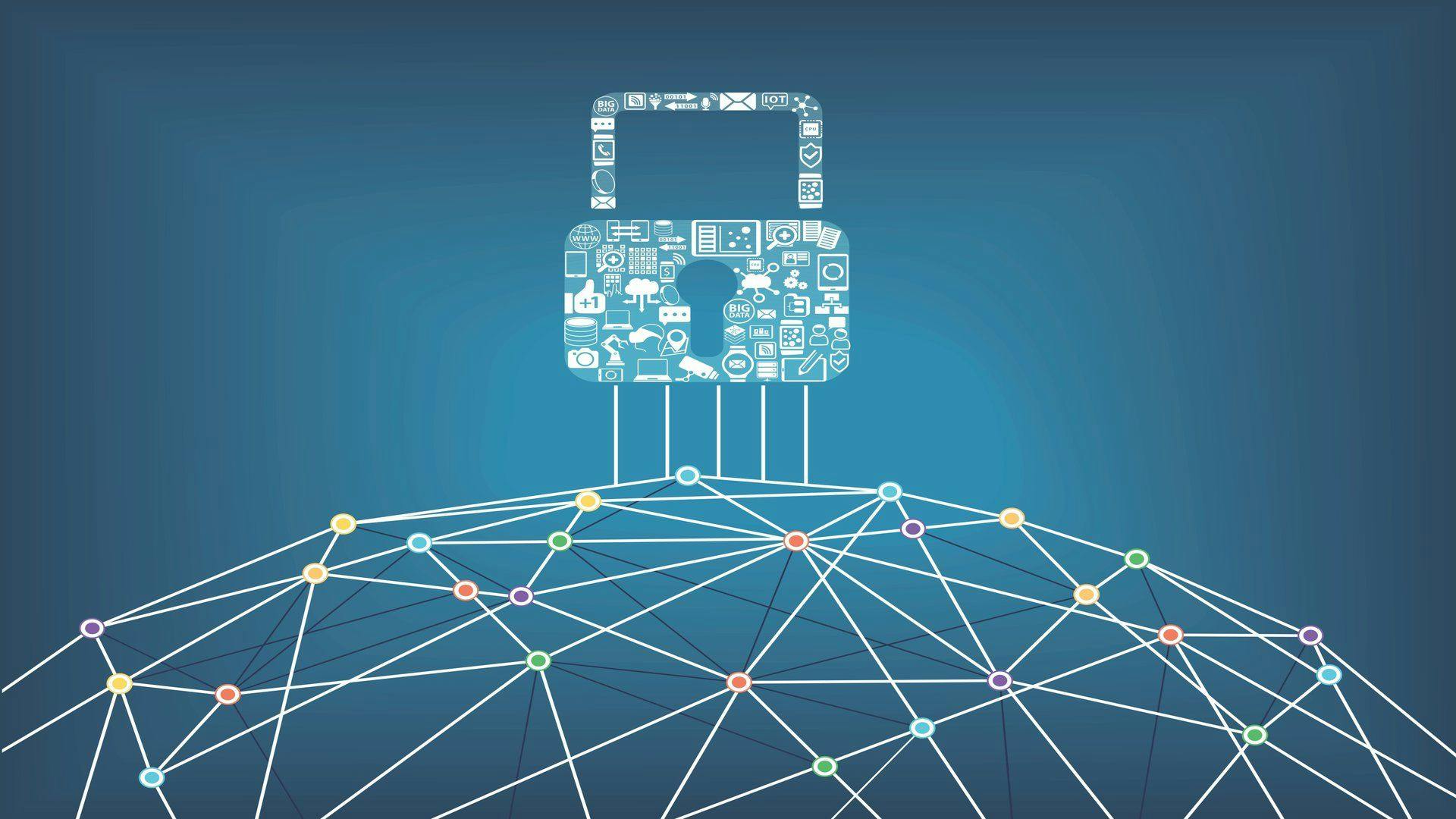Internet technology has revolutionized the way we do things, both professionally and personally. Unfortunately, cyber-criminals have found ways to infiltrate our computer networks and wreak havoc on them. Having effective network security programs in place is vitally important to organizations.
Here are some FAQs on network security that give you a better idea of how it all works to protect your data.
What is network security?
Companies and organizations use network security to secure the information they need to protect from unauthorized users and potential hackers. Network security is the plan or strategy these organizations use to monitor unauthorized access, exploitation and modifications of their networking assets. An essential part of network optimization, it is implemented with a combination of hardware and software to protect the network from viruses, malware, ransomware, hackers and denial-of-service attacks.
If a company employs layers of security, such as firewalls, antivirus software and an intrusion prevention system (IPS) to protect their data and network, they see better results. An effective solution also examines data security policies, disaster recovery options, vulnerability scanning and penetration testing (it simulates a real-world security threat).
What are the primary goals of network security?
There are three primary goals of network security, known collectively as the CIA Triad or CIA Trilogy:
- Confidentiality, which protects data from unauthorized users by controlling access to that data, whether stored or in transit
- Integrity, or version control, that allows information to be changed only by authorized users, who ensure it is accurate and can’t be altered by hackers or unauthorized users
- Availability, designed to guarantee that data, network services and network resources are protected and available to those who need to access them, whenever they need to
What is a network security key?
Basically, the network security key unlocks access to the Internet. It’s the password or passphrase that authenticates all your devices to your network’s router so that you can obtain a signal and connect to the Internet. At home, you’ll find it on the back of your router; it may be shown as the Security Key, WEP Key, WPA Key, WPA2 Key, Wireless Key or Passphrase. The name “network security key” is interchangeable with “password” for your network connection.
What are the different types of network security?
As technology grows, network security options expand to meet the needs of organizations. Network security works by combining layers of defense to secure the information. There are five primary types of network security:
- Network Access Control (NAC)
This limits the number of users who should have network access. - Antivirus and anti-malware
Everyone knows that malware (malicious software) – viruses, worms, Trojans, spyware and ransomware – can infect a network and cause a lot of trouble. Effective anti-malware and antivirus programs scan for malware on access, and then fix inconsistencies and damage, and remove malware. - Application security
No matter how good the software you buy – or your IT department creates – is, it can be vulnerable to attackers. Application security is the hardware, software and processes your company uses to close holes and protect vulnerabilities. - Email security
The easiest way to breach a network’s security is via the email portal. Attackers can use personal information to devise phishing schemes that trick email recipients into clicking on malicious sites. If you have an email security app, it can block incoming attacks and control outbound messages so they don’t put sensitive data at risk. - Wireless security
A wired network is much more secure than a wireless network. If your network is wireless, you need to enable security products that are specifically designed for these networks.
Some organizations choose to take additional measures to secure the information produced by their data processing. These can include:
- Intrusion prevention systems (IPS) to scan network traffic that blocks and prevents cyberattacks
- Web security that is implemented to restrict a staff’s access to particularly vulnerable websites and block web-based threats
- Mobile device security to control which mobile devices may be allowed to access the network, as many cyber-criminals now target mobile devices and applications
- Behavioral analytics that employ tools to detect abnormalities in network activity
- Data loss prevention (DLP) software that prevents users from uploading, forwarding and printing information in an unsafe manner
Where can I learn more about network security and networking programs?
campus, formerly known as MTI College, offers a fast-paced, hands-on Network Administration and Security associate degree program that prepares you for an entry-level position as a networking professional. Computer networking is critical to large companies and industries, such as health care and banking, that rely on secure, shared databases. Completing your associate degree in Network Administration and Security, and earning CompTIA Network+ and Security+ certification, may open the door to an entry-level job as a:
- Network administrator
You would be responsible for setting up and maintaining an organization’s computer network to keep costs down and production up. - Security specialist
In this important role, you would protect a company’s computer network and make sure that only authorized people could gain access to confidential information. You would also have to monitor the network’s infrastructure and firewalls. - Information security analyst
You would look for security breaches and investigate violations, install firewalls and generally help keep a company’s computer network safe from hackers. - Systems administrator
This job entails taking care of the day-to-day operation and upkeep of a company’s computer network.
Get the skills and certification you need from Campus, and you can be on the road to fighting cyber-crime and protecting our IT security.
